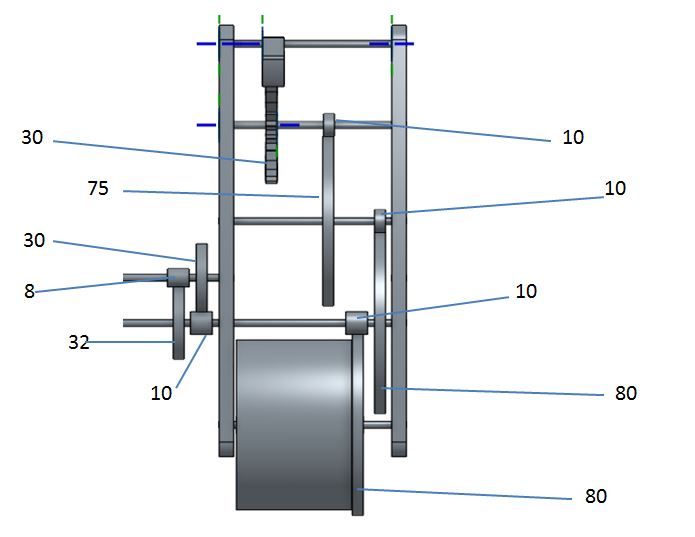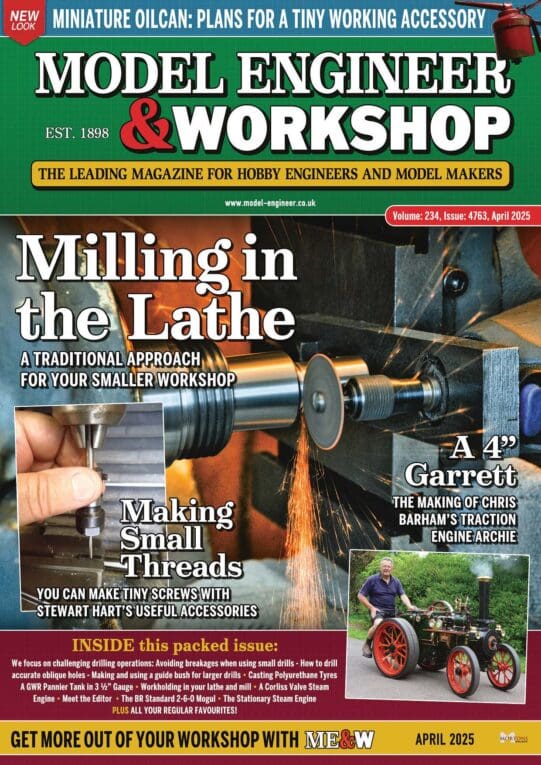Impulse Drive Pendulum Clocks
Impulse Drive Pendulum Clocks
- This topic has 11 replies, 8 voices, and was last updated 15 June 2016 at 06:56 by
James Alford.
Viewing 12 posts - 1 through 12 (of 12 total)
Viewing 12 posts - 1 through 12 (of 12 total)
- Please log in to reply to this topic. Registering is free and easy using the links on the menu at the top of this page.
Latest Replies
Viewing 25 topics - 1 through 25 (of 25 total)
-
- Topic
- Voices
- Last Post
Viewing 25 topics - 1 through 25 (of 25 total)
Latest Issue
Newsletter Sign-up
Latest Replies
- Flattening brass plates
- Chester DB10LB Lathe – Not starting
- Supply company catalogues
- Which type of single phase motors are best for constant use – power hacksaw
- Stripped aluminum threads. Now what?
- Problem getting the right parameters on a VFD
- Damp proofing concrete floors
- Machinery Handbook
- Measuring increments on boring head
- Elliott Omnimill Quill Clamp



 I don't want to hear a motor whirring away when it rewinds.
I don't want to hear a motor whirring away when it rewinds.

